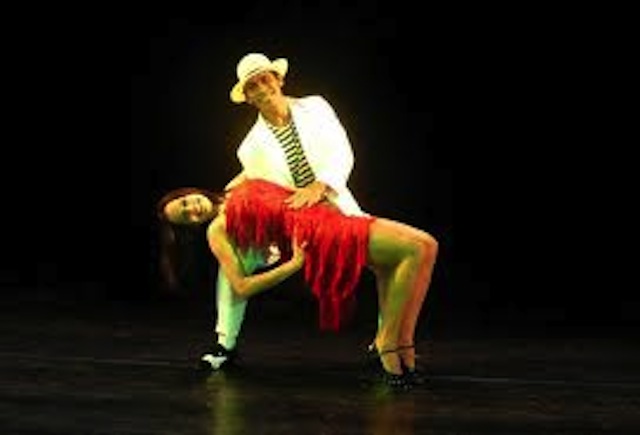

Sambas importance as Brazil’s national music transcends region, however samba schools, samba musicians and carnival organizations centered on the performance of samba exist in every region of the country, even though other musical styles prevail in various regions. Shall we try La Samba before we try La Flamenco Whatever you say. Influenced by American orchestras in vogue since the Second World War and the cultural impact of US music post-war, samba began to use trombones, trumpets, choros, flutes and clarinets. To teach La Flamenco to, I mean of course. Traditionally, the samba is played by strings (cavaquinho and various types of guitar) and various percussion instruments such as tamborim. The modern samba that emerged at the beginning of the 20th century is predominantly in a 2/4 time signature varied with the conscious use of a sung chorus to a batucada rhythm, with various stanzas of declaratory verses. The Bahian Samba de Roda (dance circle), which became a UNESCO Heritage of Humanity in 2005, is the main root of the samba carioca, the samba that is played and danced in Rio de Janeiro. Considered one of the most popular Brazilian cultural expressions, samba has become an icon of Brazilian national identity. It is recognized around the world as a symbol of Brazil and the Brazilian Carnival. Samba is a Brazilian musical genre and dance style, with its roots in Africa via the West African slave trade and African religious traditions, particularly of Angola and the Congo, through the samba de roda genre of the northeastern state of Bahia, from which it derived. Although there were various forms of samba in Brazil in the form of various popular rhythms and regional dances that originated from drumming, samba as a music genre is seen as originally a musical expression of urban Rio de Janeiro, then the capital and largest city of Imperial Brazil.

cat., (Paris, 2004) pp.15, 30 & 126.On August 18th Brazilian pianist/vocalist Eliane Elias will return to the JAS Cafe in a special celebration of the music known as Samba. Please note: This work is accompanied by a signed certificate from the artist dated 7th Sept 2007.Ī. Colour is the universe, the universe is life, painting is life." So I say 'I like colour' instead of saying 'I like painting'. Our heads must twirl around as if in a spiral to realise that everything around us is nothing but colours.

The work is an expression of how Samba experiences the world: He holds a dripping paintbrush between his teeth. In J'aime la couleur the artist's head is portrayed as a winding spiral against a bright blue sky.

Why should I put someone else's face instead of my own when I'm the one painting, they're my ideas and I'm the one deciding on the subject and comments?" "Whether or not the subject of the paintings involves me directly, I still prefer to appear in them. He claims that art is inherently autobiographical: Sambas true parent may have been the lundu song and circle dance, featuring the umbigada navel. Samba frequently depicts himself in his works. Samba has African roots, but its exact origins are unknown. He continues to retain a studio in the city despite having become an international name. The artist draws inspiration from everyday life in Kinshasa the people, the fashions, the politics. For Samba, art should be enjoyable for all, not only the knowledgable. This harks back to his training as a sign-painter, but also suggests his desire to create 'popular' pictures. He began to incorporate glitter in the late 1980s for this very reason. It is important to the artist that his works are impressive and can be easily seen from a distance. Samba prefers to work on a large scale in vivid colours. I thought that if I added a bit of text, people would have to stop and take time to read it, to get more into the painting and admire it." "I had noticed that people in the street would walk by paintings, glance at them and keep going. He later described this as the 'Samba signature': However, he soon differentiated himself by incorporating text in his work. These painters greatly influenced the young Samba. Billboards across the city sported works by self-taught artists such as Bodo, Mass, Cherin and Moke. He travelled to Kinshasa where he was employed as a draughtsman for an advertising agency. FootnotesĪcquired directly from the artist in 2007.Ĭhéri Samba left his home village of Kinto M'Vuila in 1972 aged 16. Inscribed, signed and dated 'J'AIME LA COULEUR./Cheri Samba/ 2003' (lower left)ġ21 x 151cm (47 5/8 x 59 7/16in).


 0 kommentar(er)
0 kommentar(er)
